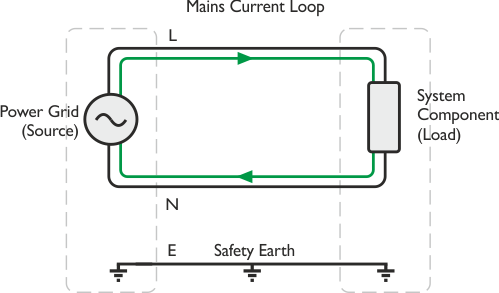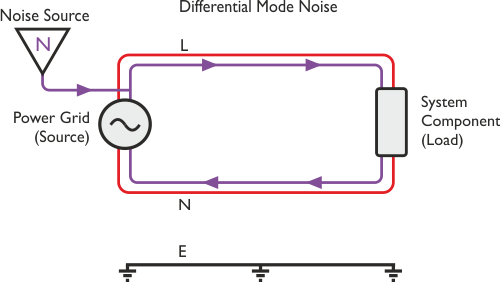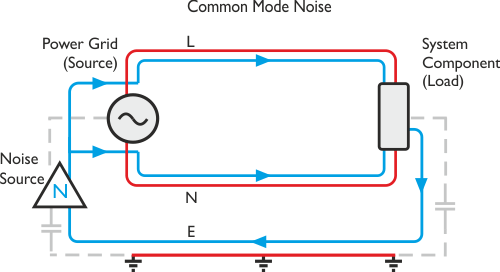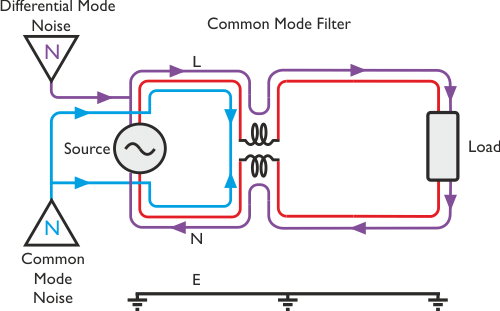
ISOL-8 PowerLine Ultra 4 way
*Mains conditioning products (for entire system)
PowerLine Ultra - Spike & surge protection, Transmodal filtering
The PowerLine Ultra is fully power conditioned, surge protected, and optimised for audio. One Direct Connection outlet is provided, filtered by a high current shunt filter, and is suitable for loads such as amplifiers. The remaining outputs are for source components and benefit from ISOL-8s Transmodal filter technology. Noise in mains wiring can be transmitted and induced in many ways, some are easier to deal with than others. As a result, many power conditioners are not completely effective. ISOL-8s Transmodal filters effectively attenuate all modes of transmitted and induced mains noise, without dumping it to ground, so you can be sure that your system benefits from the cleanest possible power.
SPECIFICATIONS
Number of available outlets: 4
Dimensions: 400 x 83 x 88mm (W x H x D) excluding connectors
Product Weight: 2.3Kg
Construction: Aluminum top plate “titanium” anodise. Powder coated steel chassis
Maximum Current:
6.3 Amps any one source power outlet
6.3 Amps across all source power outlets
10 Amps any one high power outlet
10 Amps across all high power outlets
10 Amps across all outlets
Transmodal Technology
In order to understand ISOL-8 Transmodal technology, it is necessary to visit some basic fundamentals of filters in power applications. We have simplified the information below as far as possible for clarity.
When an electrical load is connected to a source a current loop is formed. Transfer of energy takes place as current flows from the source through the load and returns to the source. Electricity makes no distinction between mains power or performance degrading noise. It is all the same to any connected circuit.

Noise can enter any current loop in a number of ways, but can be largely categorised into two types or modes.
Firstly we’ll look at Differential Mode Noise. This occurs when only one conductor of a current loop encounters a noise source. The noise therefore circulates within the loop. For example this occurs when conductors are not closely coupled; such as in equipment internal wiring or when the noise is generated from circuit elements within the load or source itself.

Secondly we’ll look at Common Mode Noise. This occurs in both conductors of a current loop; equally and in phase with respect to ground. An instance being closely coupled live and neutral conductors encountering an electromagnetic field that immerses both conductors equally. For example; a cable picking up transmitted radio energy, from broadcast or wi-fi transmitters for example. The noise has its own current loop and returns through the safety earth conductor via the stray capacitance present in all distributed electrical systems.

Both these types of noise are commonly found in the real world. Now let’s look at how to reduce the unwanted noise entering the load. With Common Mode Noise a filter can be readily designed to attenuate the energy down to a given frequency using a common mode inductor. This uses phase cancellation to attenuate unwanted noise. The physical geometry of the inductor produces a relatively large value of inductance, given the core size and number of wire turns. It therefore produces effective filtering but for common noise only. Differential mode noise is able to pass through the filter readily.

A different topology is needed to attenuate Differential Mode noise. In this case only separate series inductors in the send (live) and return (neutral) in combination with a shunt capacitor in the current loop can attenuate the noise. Unfortunately the favourable geometry of the common mode inductor is not effective in this case. The series inductors used in the filter must use larger cores and more turns of wire to provide effective attenuation for differential mode noise compared with common mode.
Inferior mains conditioners may claim they filter differential mode noise but in fact use shunt elements without series inductors to divert the noise to earth (known as a Delta configuration). This then pollutes the earth instead, not the optimum solution for sensitive audio equipment as noise is still present on the earth line.

ISOL-8 Transmodal Filter: Warning! All mains conditioning is not created equal. Most manufacturers of mains conditioning equipment completely fail to effectively filter differential mode noise as it adds both complexity and cost. ISOL-8 Transmodal filters combat both common and differential modes of transmitted noise whilst keeping the earth clean for maximum filter performance at all times.


